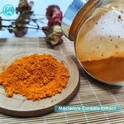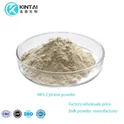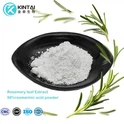1. Plant sources of Vakerin
Saxifragaceae Bergenia purpurascens whole grass, thick-leafed rock cabbage (B.crassifoloa, Astilbe macroflora) Ardisia crispa roots, stems and leaves.

2. Pharmacological effects
This product has analgesic, sedative, hypnotic and sedative effects. Its analgesic effect is weaker than pethidine, stronger than general antipyretic analgesics. At therapeutic doses, it has no respiratory depressant effect, nor does it cause gastrointestinal smooth muscle spasm. It has good effect on chronic persistent pain and dull visceral pain, but has poor effect on acute sharp pain (such as postoperative pain, traumatic pain, etc.) and advanced cancer pain. While producing analgesic effect, it can cause sedation and hypnosis. The mechanism of action of this product is yet to be elucidated, which may be related to the inhibition of the upward activation system of the reticular structure of the brainstem and the blocking of the function of dopamine receptors in the brain. The amount of treatment is non-addictive.
1) Cough relief
2) Effects on trachea and lung tissue respiration: acting on the enzyme system containing sulfhydryl and essential groups, it can reduce tissue respiration, but the effect is not strong.
3) Anti-inflammatory;it is mainly used in clinical treatment of chronic bronchitis and chronic gastritis. It is also effective for gastric and duodenal ulcers.







